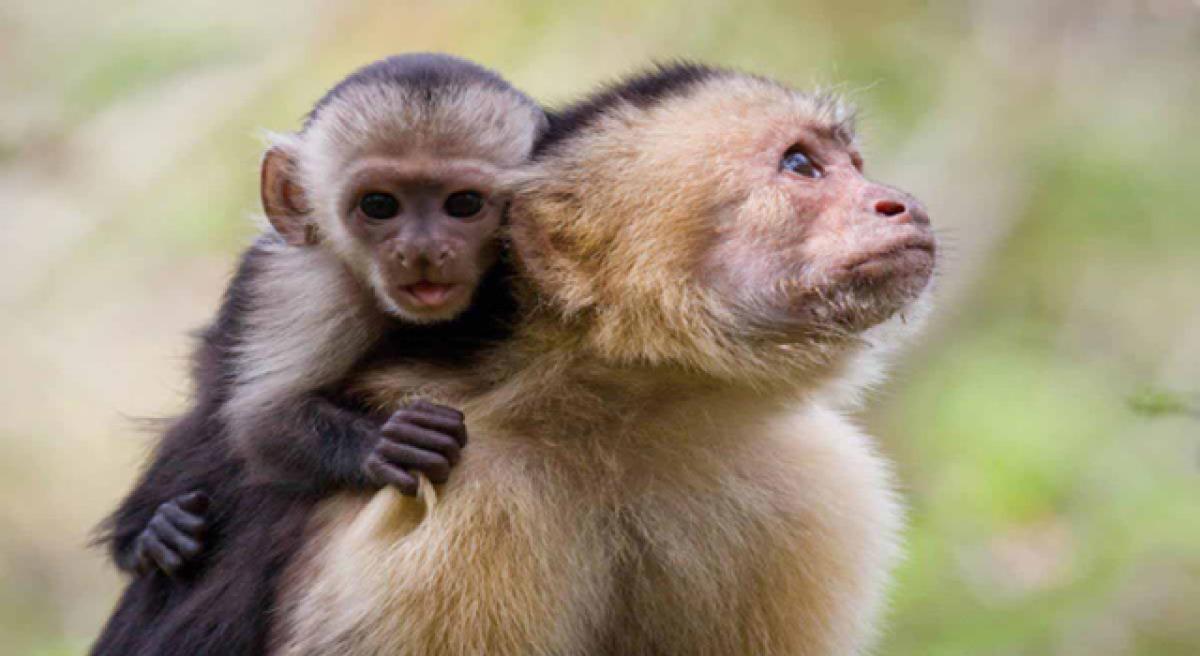Primates didn't start out with large brains

Brain specialisations such as improved vision preceded the development of large brains in primates, our closest cousins, confirms a new study.
New York: Brain specialisations such as improved vision preceded the development of large brains in primates, our closest cousins, confirms a new study.
"It may be that these early specialisations allowed primate brains to expand later in time," said the study's lead author Arianna Harrington, doctoral student at Duke University in the US.
"The idea is that any patterns we find in primate brain evolution could lead to a better understanding of the early evolution that led to the human brain," Harrington who started the study while at University of Florida.
For the study, the researchers examined adapiforms, lemur-like primates that scurried around the tropical forests of Wyoming about 50 million years ago.
They used CT technology to create the first virtual 3-D brain casts of the early primates.
The eight virtually reconstructed and dissected brains showed an evolutionary burst including improved vision and more complex neurological function preceded an increase in brain size, Harrington said.
Scientists have long debated whether primates have always had big brains compared to body size, or if this was a trait that appeared later.
The new study's findings, detailed online in the Journal of Human Evolution, are consistent with previous endocast studies of Australopithecus afarensis, the oldest hominid known, and Victoriapithecus macinnesi, an early Old World monkey, which showed brain size increase followed brain specialization in early hominids and monkeys.
Adapiforms, which are not directly related to humans, evolved after the earliest primate ancestors, called plesiadapiforms, which lived about 65 million years ago.
Thanks to the new virtual endocasts, scientists were able to take a closer look at anatomical features which revealed that, while adapiforms placed relatively less emphasis on smell more similar to modern primate brains, the relative brain size was not so different from that of plesiadapiforms, study co-author Jonathan Bloch from Florida Museum of of Natural History.
Modern primates are specialised in the visual sense. One of the main differences between the early plesiadapiforms and adapiforms is the region of the brain responsible for the sense of smell, the olfactory bulb, is smaller, while there appears to be an expansion in the area of the brains responsible for vision, Harrington said.
"It is likely this indicates they're beginning to rely more on vision than smell," she said."Scientists have hypothesised that vision may have helped early primates forage in complex arboreal forest systems," Harrington noted.
Woman injured in stabbing attack in Tokyo, suspect at large
Bengal cop booked for murder over mysterious death of woman home guard, SIT to probe case
Staffer recalls horror of 7-kg gold robbery by armed gang in Karnataka’s Hunsur
25-Year-Old Airline Cabin Crew Member Dies At Gurugram Party; Police Begin Investigation















